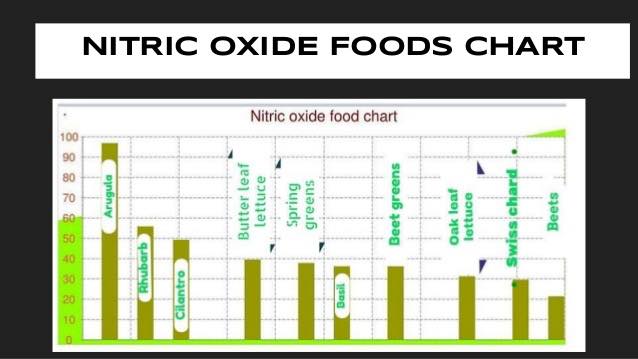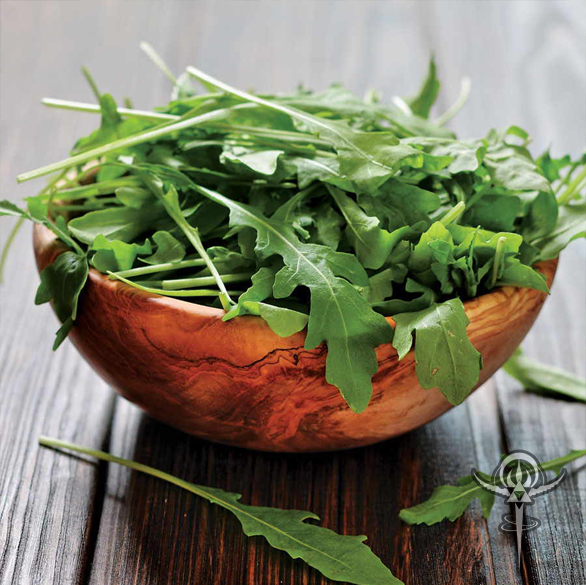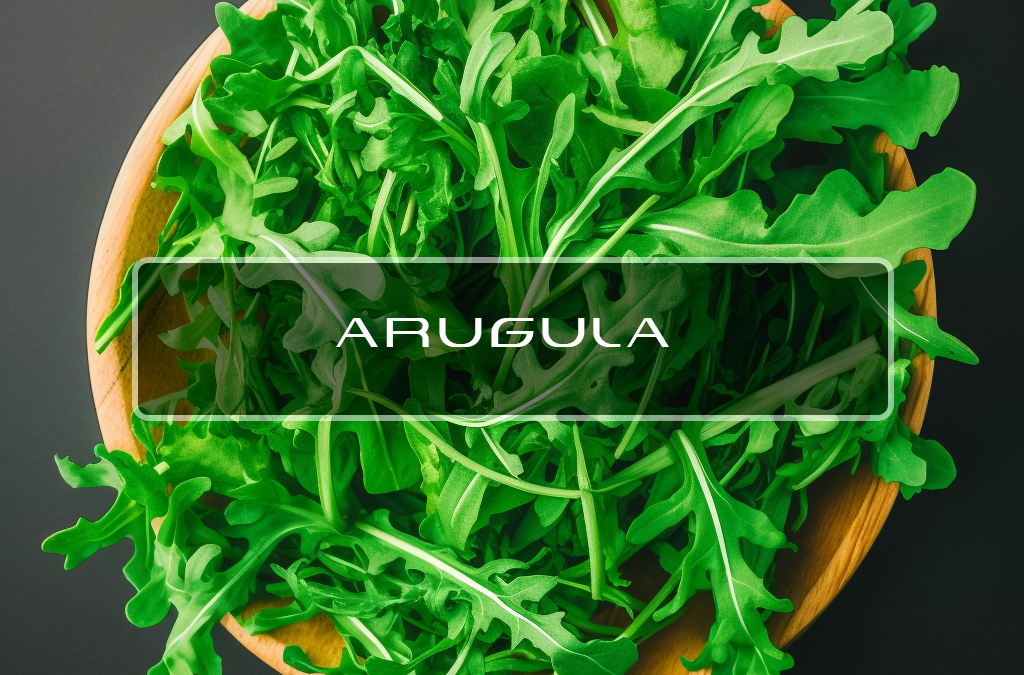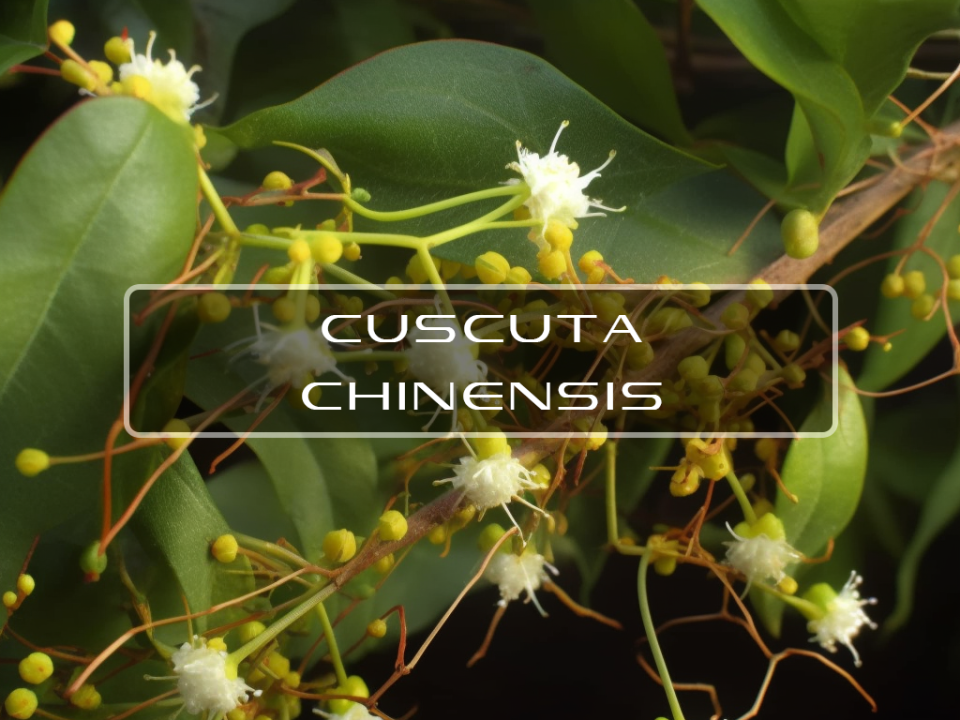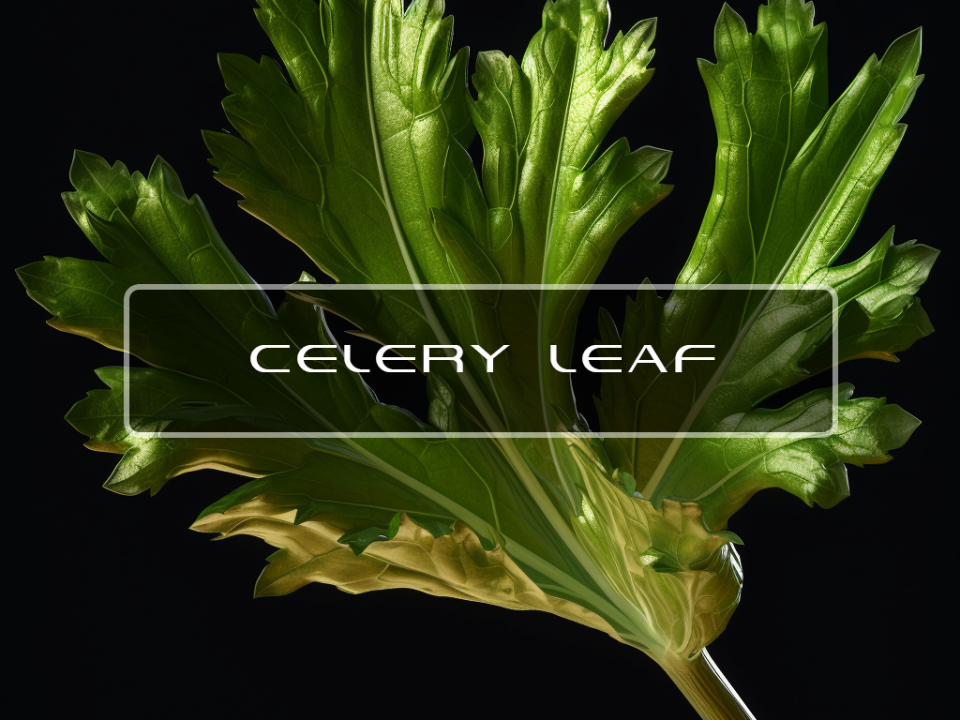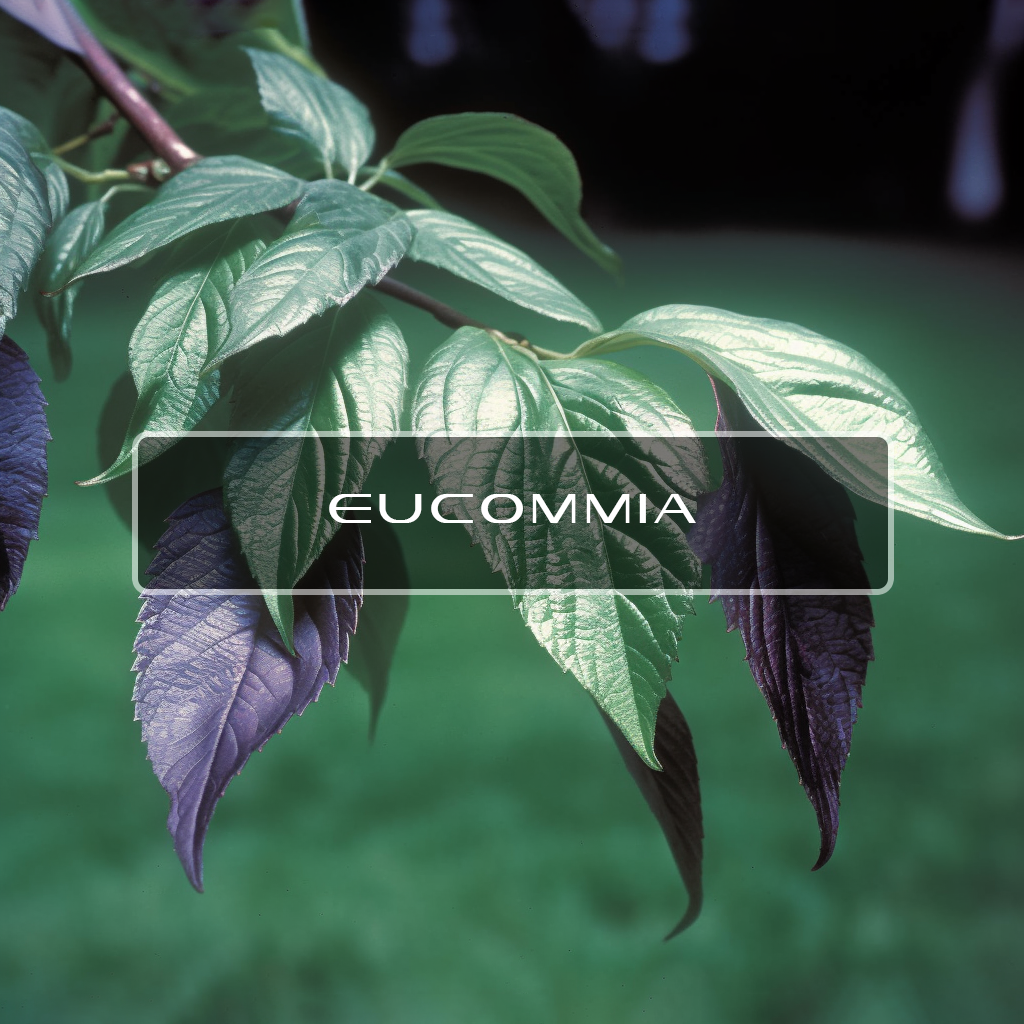
Eucommia
May 8, 2018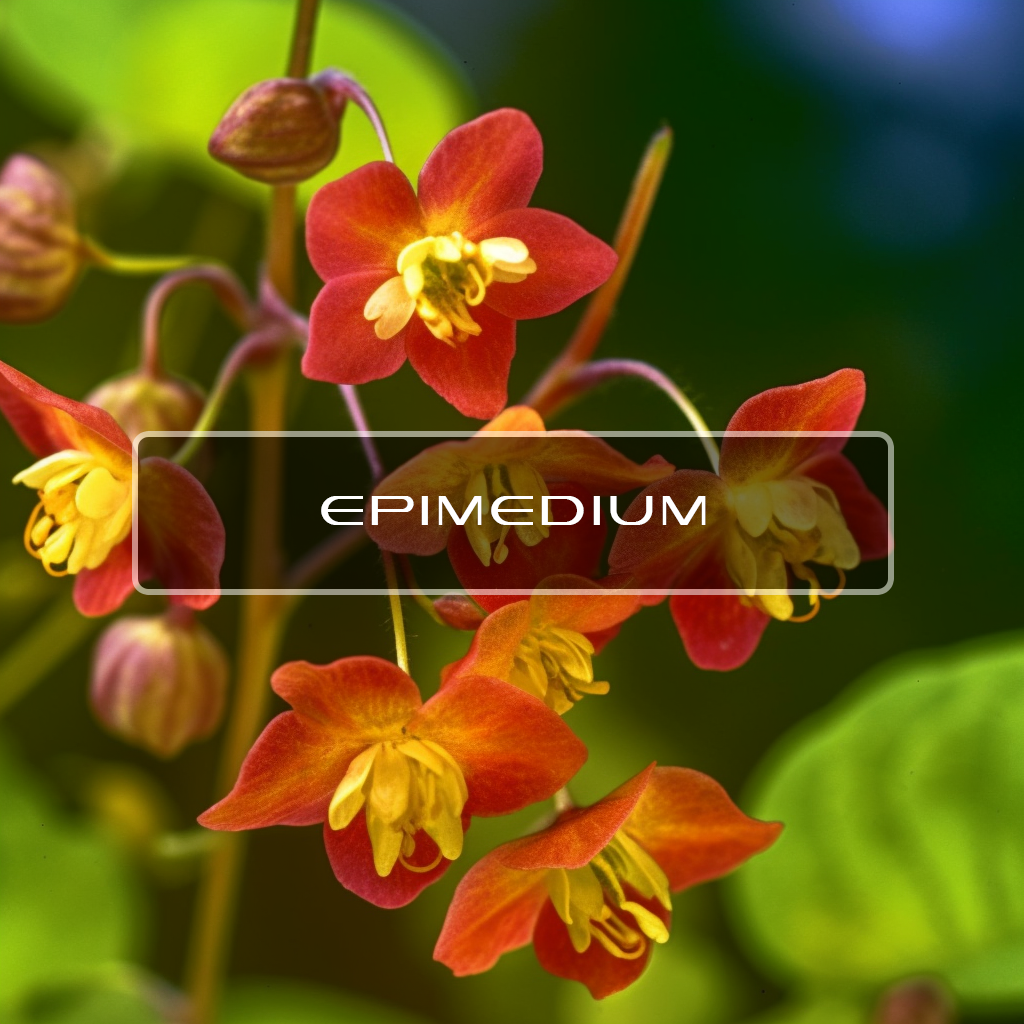
Epimedium
June 9, 2018Arugula

This marvelous plant has been part of literature for centuries and has even been mentioned in the Bible. The first documented harvesting of the plant was around the 6th century. Arugula has been so well known in fact that it has been part of poetry, philosophy and mentioned in works of Virgil to Pliny the Elder. It's benefits of arugula have been studied by scientists of medicine.
It has been part of our human diet for ages and is most popular in Germany, England and Italy. Italians have added arugula to most of their meals until recently because of the popularity declined around the 19th and 20th century. This beneficial plant has also had records of it being used as an agent for an aphrodisiac and a anesthetizing agent.
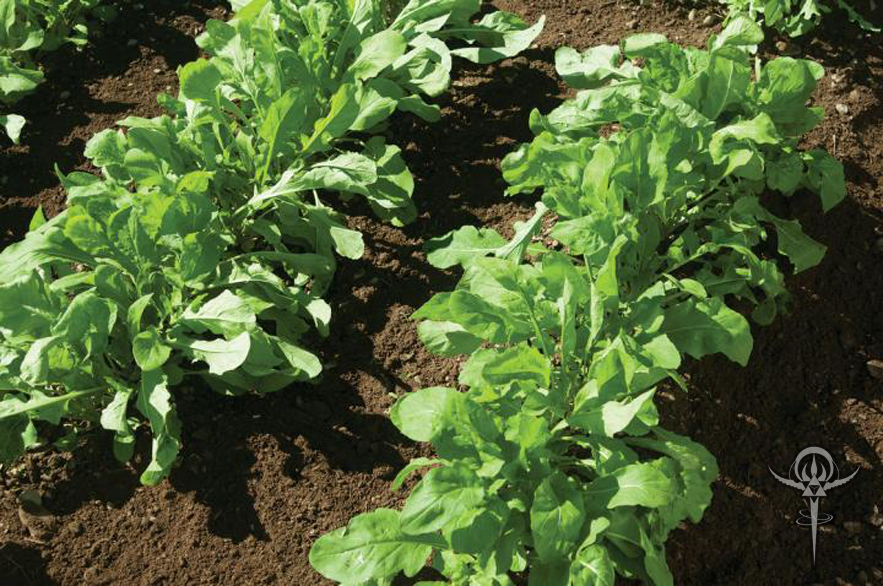
Benefits of Arugula
Weight Loss - When you think of losing some weight the first thing that may come to mind is a...Salad! What better way then to have some fresh arugula with some dressing. It is a very nutrient dense food and contains only five calories per cup and has a ton of antioxidants.
Green leaves are nutrient rich because they contain the light-catching, energy-converting machinery of plants. Salad greens contain Vitamin A, Vitamin C, beta-carotene, calcium, folate, fiber, and phytonutrients. Leafy vegetables are a good choice for a healthful diet because they do not contain cholesterol and are naturally low in calories and sodium. Many of the health benefits that leafy greens provide come from phytonutrients, unique compounds that provide protection for plants. These compounds are becoming recognized as part of a nutritious diet that promotes long-term health. (Article)
Strong Bones - By having just one cup of arugula you have taken the daily value of Vitamin K. This vitamin is essential to promote healthier bones and also for assisting in blood clotting.
Vitamin K is a cofactor required for the formation of γ-carboxyglutamate (Gla) residues in proteins. Osteoblasts produce at least three different Gla-containing proteins: osteocalcin, matrix Gla-protein, and protein S. After cellular secretion of these proteins, the main part of each remains bound to the hydroxyapatite matrix in bone, but their function remains unclear. Part of the newly synthesized osteocalcin is also set free into the bloodstream, where it may be used as a diagnostic marker for bone formation. Several studies have demonstrated that a poor vitamin K status is associated with an increased risk of osteoporotic bone fractures. Whether vitamin K supplementation will reduce the rate of bone loss in postmenopausal women remains a matter of debate. (Article)
Heart Health - Arugula has been shown to improve the blood vessels health which acts as an anti-inflammatory food and the lowering of cholesterol.
Our findings support recommendations to increase consumption of vegetables, particularly cruciferous vegetables, and fruit to promote cardiovascular health and overall longevity. (Article)
Diabetes Prevention - A diet of green veggies has been found to be a type of natural remedy for diabetes because it improves the insulin responsiveness.
Clinical research has confirmed the efficacy of several plant extracts in the modulation of oxidative stress associated with diabetes mellitus (DM). Oil of Eruca sativa seeds (ESS) is tried for prevention and treatment of DM induced experimentally by alloxan injection. A single dose of alloxan (100 mg/kg) produced a decrease in insulin level, hyperglycemia, elevated total lipids, triglycerides and cholesterol, decreased high-density lipoprotein and hepatic glycogen contents and elevated hepatic glucose-6-phosphatase activity. (Article)
Eye Health - Arugula has been shown to have a great source of carotenoid antioxidants. Which is a special compound that has the ability to prevent macular degeneration. A leading cause of blindness in adults.
These carotenoids are available in supplement form. However, intervention trials with large doses of beta-carotene found an adverse effect on the incidence of lung cancer in smokers and workers exposed to asbestos. Until the efficacy and safety of taking supplements containing these nutrients can be determined, current dietary recommendations of diets high in fruits and vegetables are advised. (Article)
Highest nitric oxide containing plant - Arugula, commonly called rocket salad (roquette in French) originates from the Latin word “eruca”. This green salad has a spicy, peppery taste and is full of key nutrients. Arugula acts like a powerhouse in your body, protecting you against heart disease, high blood pressure, erectile dysfunction, and more. (Article) (Article)
Eruca sativa and its Flavonoid Components- Quercetin and Isorhamnetin, Improve Skin Barrier Function by Activation of Peroxisome Proliferator‐Activated Receptor (PPAR)‐α and Suppression of Inflammatory Cytokines (Article)
